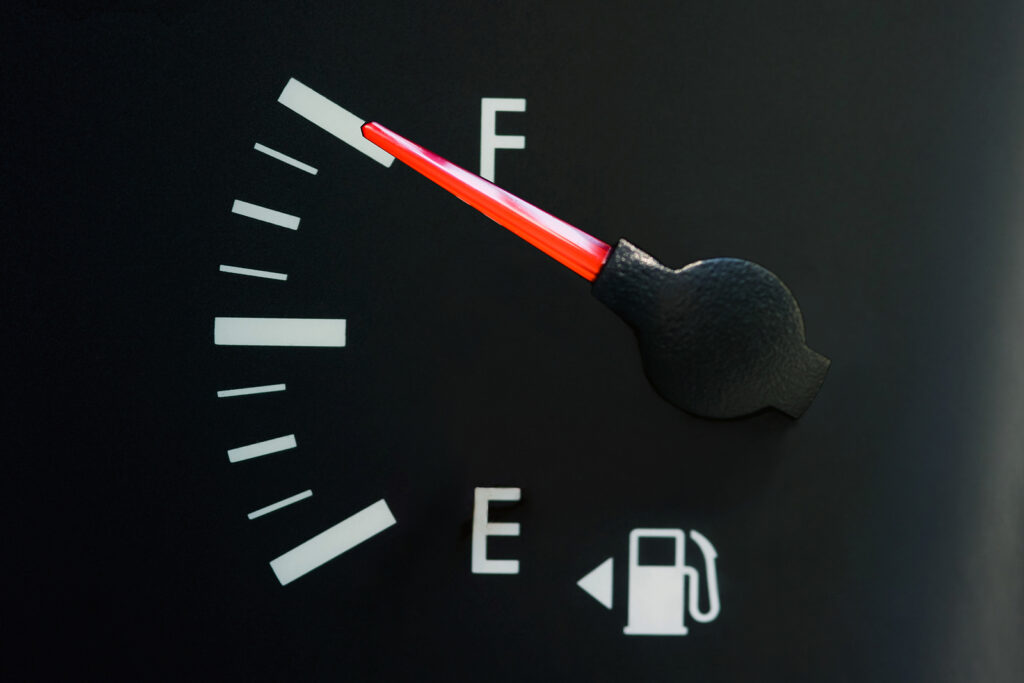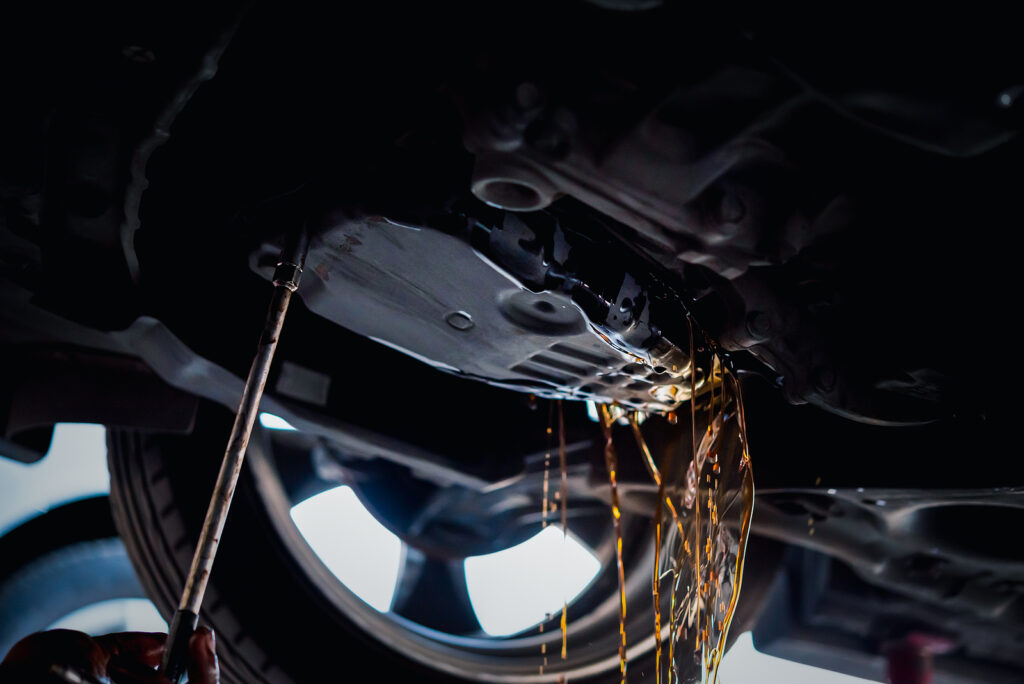The question of gas cap locations has been floating around for generations. Not sure which side of the car your gas cap is on right now? Is it on your side? Is it on the passenger side? Continue below to learn how to instantly identify which side your gas cap is on without even getting out of your car, plus some industry facts on why gas cap sides are different among vehicles.

The Frustrating Gas Cap Scenario
We’ve all been there before; whether you’ve just purchased a new vehicle, borrowing someone’s car, or driving a rental, at some point in your driving career you have surely pulled up to the gas station only to instantly remember you have no idea which side the gas. Fortunately, there is an instant hack on how to figure out which side the gas cap is located on a vehicle without even getting out of the car.
Gas Cap Locations are Labeled on the Dashboard
Okay, so you pull up to the gas station and you can’t remember which side the gas. There is an easy trick to figure this out without leaving your car seat. Simply take a look at the dashboard. Although the location can differ, the gas cap location is typically indicated in the fuel gauge.
You should see an arrow or dot next to the fuel tank icon on your dashboard. This is the side your gas cap is on.
Why Gas Cap Sides Can Be Different
You may notice that throughout your life, you’ve had cars with gas caps on the left side and on the right side. Why is this? Well, the location of the gas cap really depends on where the car comes from, namely which manufacturer produces the vehicle.
For instance, Japanese cars like Toyota and Mitsubishi typically place their gas caps on the left side of the vehicle. Japan a left-hand traffic country, so having the gas cap on the left side of the vehicle comes naturally to their culture. In countries with right side driving traffic, having the gas cap on the left side can be beneficial as well. Many car owners prefer the gas cap on the driver’s side.
Additionally, automakers will place gas caps on either side of the vehicle depending on how the vehicle is designed internally. Sometimes certain parts are larger or smaller, and the fuel tank fits better on the left side rather than the right side, or vice versa. In another example, domestic automakers like Chevy and Ford like to place their gas caps on the right side of the car.
Lastly, there are local, state, and federal legal requirements denoting the specifications of fuel tank location in a vehicle. Automakers must follow these regulations to ensure that the location of the fuel tank cannot cause foreseeable ignitions. This is why gas caps are never located in the back of the vehicle. In the case of the collision, it could cause the entire car to ignite into flames.
Do you have an old car truck that no longer serves a purpose in your life other than taking up valuable space in your garage? Contact GC’s Junk Cars at 502-804-5605 to sell your junk car in Louisville, Kentucky for cash on the spot! We provide free junk car removal!
Related Posts:
Funny Signs That Tell You It’s Time to Sell Your Junk Car
The Most Expensive Auto Repairs That Can Total Your Car
Car Wreck Insurance Myths to Beware Of


